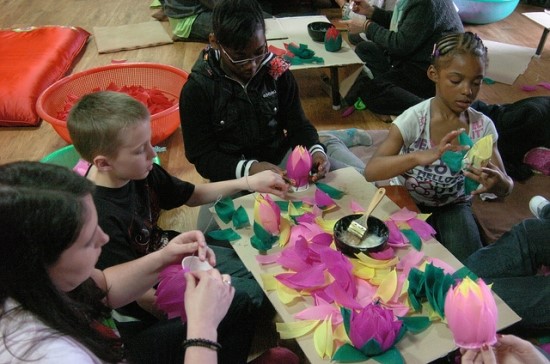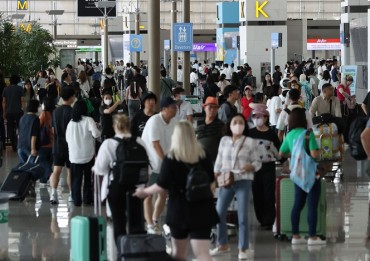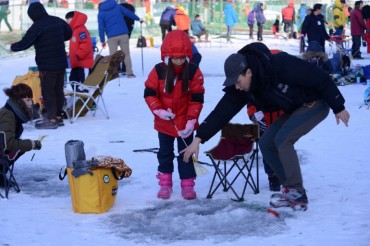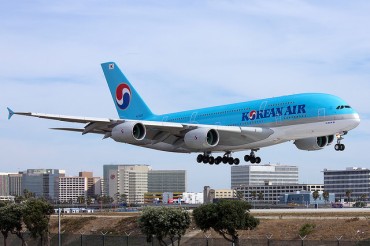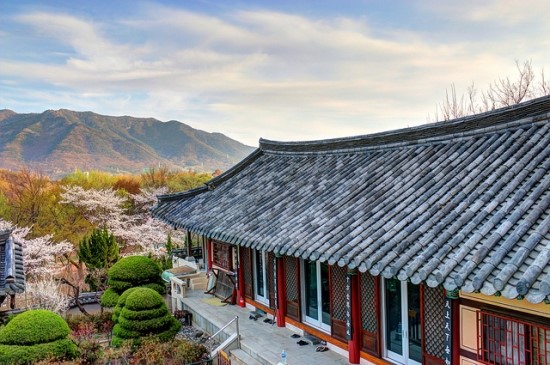
“Temple Stay,” a program that gives a chance for laypeople to immerse themselves in the tranquility of a faraway mountainside, has begun 12 years ago in Jikji Temple.(image:2509chris/flickr)
SEOUL, May 4 (Korea Bizwire) – In a survey taken three years ago, as many as 85 percent of Koreans said they are not happy. The news report was indeed shocking to the viewers. In a follow-up questionnaire about “spiritual quotient” in late 2011 conducted by the Cultural Corps of Korean Buddhism on 5,011 adults, asking “Is your spirit in good shape?” only 4.7 percent (238 respondents) answered that their mental state is sound. That means the majority of people is under enormous pressure and depression.
It’s not news that Koreans are one of the few peoples in the world who are overworked and under constant stress. Especially in a time like now when the whole nation is in a state of collective depression over the easily preventable tragedy, the need to find ways to regain sanity is more urgent than ever. Maybe this is the time to think about staying in a few days in a temple to clear up your mind.
First Temple Stay Program Begins in 2002
“Temple Stay,” a program that gives a chance for laypeople to immerse themselves in the tranquility of a faraway mountainside, has begun 12 years ago in Jikji Temple, Gimcheon, North Gyeongsang Province. It has become one of the most successful mind-healing programs for Koreans and foreigners alike. In the first year of introduction in 2002, the participant numbers were only 2,558, including 1,259 foreigners. Since that time on, the figure has increased about 40 percent a year to reach 112,800 in 2008 and 127,000 in 2009.

The Presidential Council on National Branding picked in 2010 temple stay as one of the top-ten icons representing Korea best. (image:raYmon/flickr)
Excluding the repeat visits by the same people, the total participant numbers have been 1.23 million as of the end of November last year. Of these, foreigners were about 160,000, or 13.0 percent.
What’s notable is the number of foreigners is rising faster than that for domestic participants. Most foreigners said after the program it was impressive in healing values as well as experiencing Oriental culture.
Indeed, the value of temple stay is acknowledged worldwide. In 2009, it was selected as one of the five most successful tourism offerings of the world by the Organization for Economic Cooperation and Development.
Last year, the ITB Berlin, the world’s largest tourism trade fair, gave Korea’s temple stay program a best exhibitor award among Asian-Pacific candidates. This was a second time for temple stay to win the award by the ITB Berlin.
The Presidential Council on National Branding picked in 2010 temple stay as one of the top-ten icons representing Korea best. In April last year, President Park Geun-hye said temple stay, together with the Lotus Lantern Festival, the Tripitaka Koreana, and Buddhist cuisine, is “one of the jewels of Korean culture.”
Temple Stay’s Satisfaction Higher for Foreigner
Is then temple stay really doing its job of meditation and spiritual healing? What’s interesting is foreigners are more favorable than domestic counterparts in saying temple stay was a satisfying experience.
According to a survey by the Cultural Corps of Korean Buddhism conducted in April 2012 on the degree of satisfaction of temple stay, the average score of foreign respondents was 8.60 out of 10. In contrast, domestic participants gave scores of 8.06 on average.
To a question whether you are willing to recommend the program to your friends, 91.2 percent of foreigners said they would while 81.0 percent of Koreans answered that they would. Maybe the difference in enthusiasm stemmed from the motivation in participating in the program in the first place. The largest portion of Korean respondents said they came to the program to take a rest and recharge while most foreigners replied that they are there to learn about Korea’s traditional culture and Buddhism.
Variety in Temple Stay Programs Called for
As the interest in temple stay rises among Koreans and foreigners alike, there is a movement within the Buddhist temples to offer diverse programs that allow the participants to learn the ins and outs of Buddhism and Buddhist culture.
According to a report in August last year by the Cultural Corps of Korean Buddhism, as many as 62.3 percent of temple stay programs are identical in offering prayer sessions, Zen meditation, and talks with priests over tea, except settings and lodging options. Some temples, such as Dogap Temple in Yeongam (South Jeolla) and Geumsan Temple in Gimje (North Jeolla), offer quite different programs that combine entertainment elements with traditional Buddhist rituals.
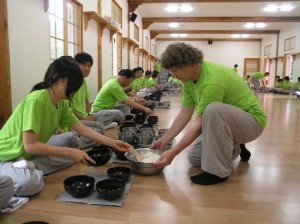
Religious preconception toward Buddhism was pointed out as one of the obstacles to further popularization of temple stay programs. (image:USAG-Humphreys/flickr)
Religious preconception toward Buddhism was pointed out as one of the obstacles to further popularization of temple stay programs.
According to a marketing consulting report on temple stay, again presented by the Cultural Corps of Korean Buddhism in 2012, as many as 32.1 percent of Korean respondents said they are not interested in any of the programs because of the awkwardness from participating in unfamiliar religious ceremonial.
Notwithstanding the problems to address, temple stay programs keep attracting people curious about the culture and serious about learning it.
Korea Exchange Bank held a special promotional event for two days between April 22 and 23 at Geumseon Temple in Seoul’s downtown in which the bank invited scores of foreign residents living in Seoul. A participant from Bulgaria said, “I had a really unique experience from the event, which was a very special occasion for me to learn Korean culture.”
The City of Seosan in South Chungcheong Province also held a two-day temple stay event on April 16 at Buseok Temple in Yeongju, North Gyeongsang Province, with 20 foreign guests from Germany and Austria. Beopju Temple in Boeun (North Chungcheong) also will hold a special temple stay program for foreigners to commemorate the Buddha’s Birthday on May 6.
Written by Lina Jang (linajang@koreabizwire.com)
contributed by Sean Chung (schung10@koreabizwire.com)
Lifestyle (Follow us @Lifestylenews_Korea)


